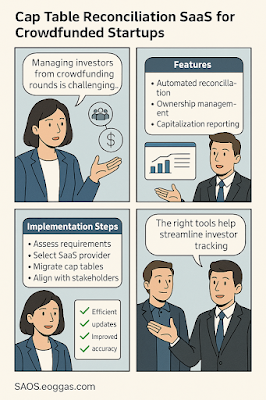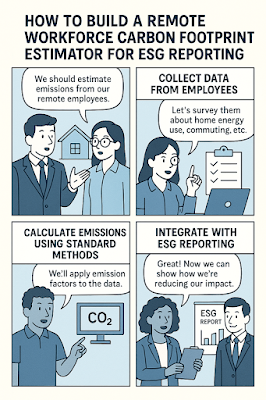SaaS for Cross-Border Corporate Bylaws Version Control

SaaS for Cross-Border Corporate Bylaws Version Control As companies expand internationally, their governance structures must evolve to meet the regulatory and operational demands of multiple jurisdictions. Corporate bylaws—those foundational rules that dictate how a corporation operates—must often be tailored to local legal systems while maintaining consistency with global standards. Managing these complex and often divergent versions of bylaws has traditionally required hours of manual review, local counsel coordination, and email-based document sharing. Today, SaaS platforms offer a smarter, faster way to manage, track, and synchronize bylaw versions across subsidiaries and international branches. 📌 Table of Contents Why Version Control Matters in Bylaws Risks of Manual Management Benefits of SaaS-Based Version Control Essential Features to Look For The Future of Global Governance Compliance Why Version Control Matters in Bylaws Corporate...









